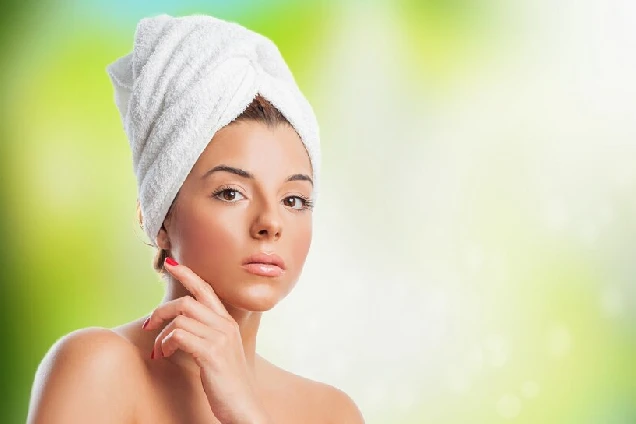
Tanning is the process by which the skin darkens due to exposure to ultraviolet (UV) radiation from the sun or artificial sources like tanning beds. When UV rays penetrate the skin, they stimulate the production of melanin, the pigment responsible for the skin's color. It is a protective response of skin against harmful UV rays.
Adopting these protective measures can help maintain healthy, youthful skin and reduce the risk of UV-induced damage.
Tan removal treatments are much sought after procedures in the Indian subcontinent. Repeated sun exposure leads to permanent tan. The stubborn tan can be treated by medical procedures followed by homecare.
Microdermabrasion and hydrafacial treatments help in exfoliating and removing the dead cells along with excess melanin. Additionally chemical peels give better outcome of tan removal procedures. However, these treatments should be followed by strict sun protection and continued exfoliation by using alpha hydroxy acids (AHA) and moisturisers.